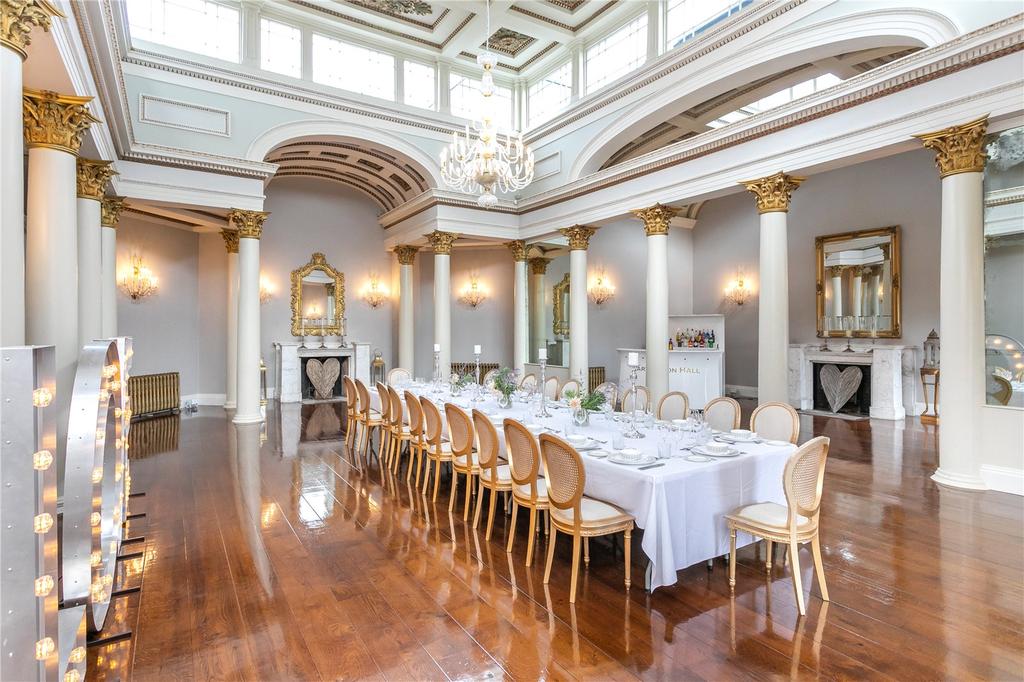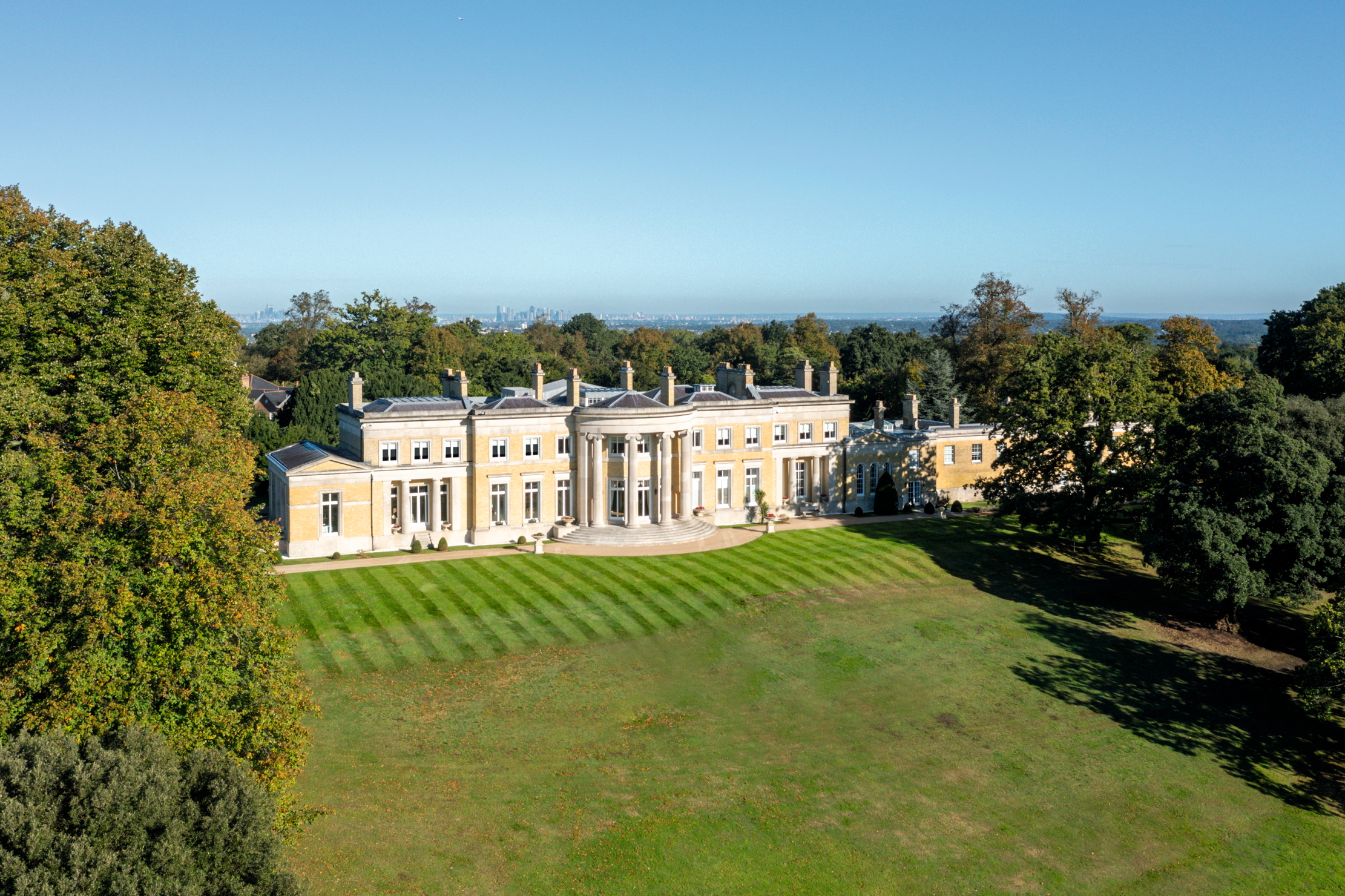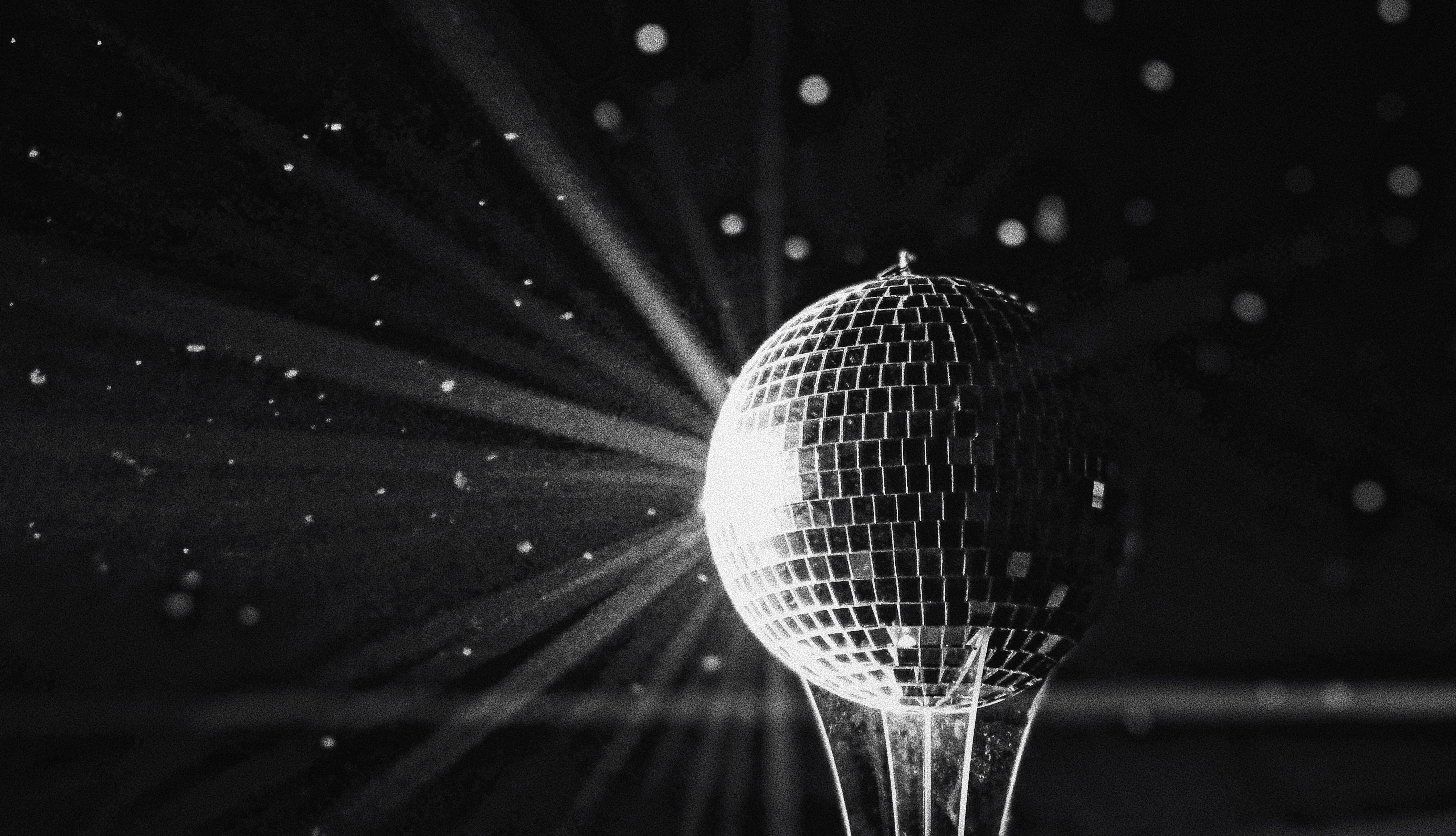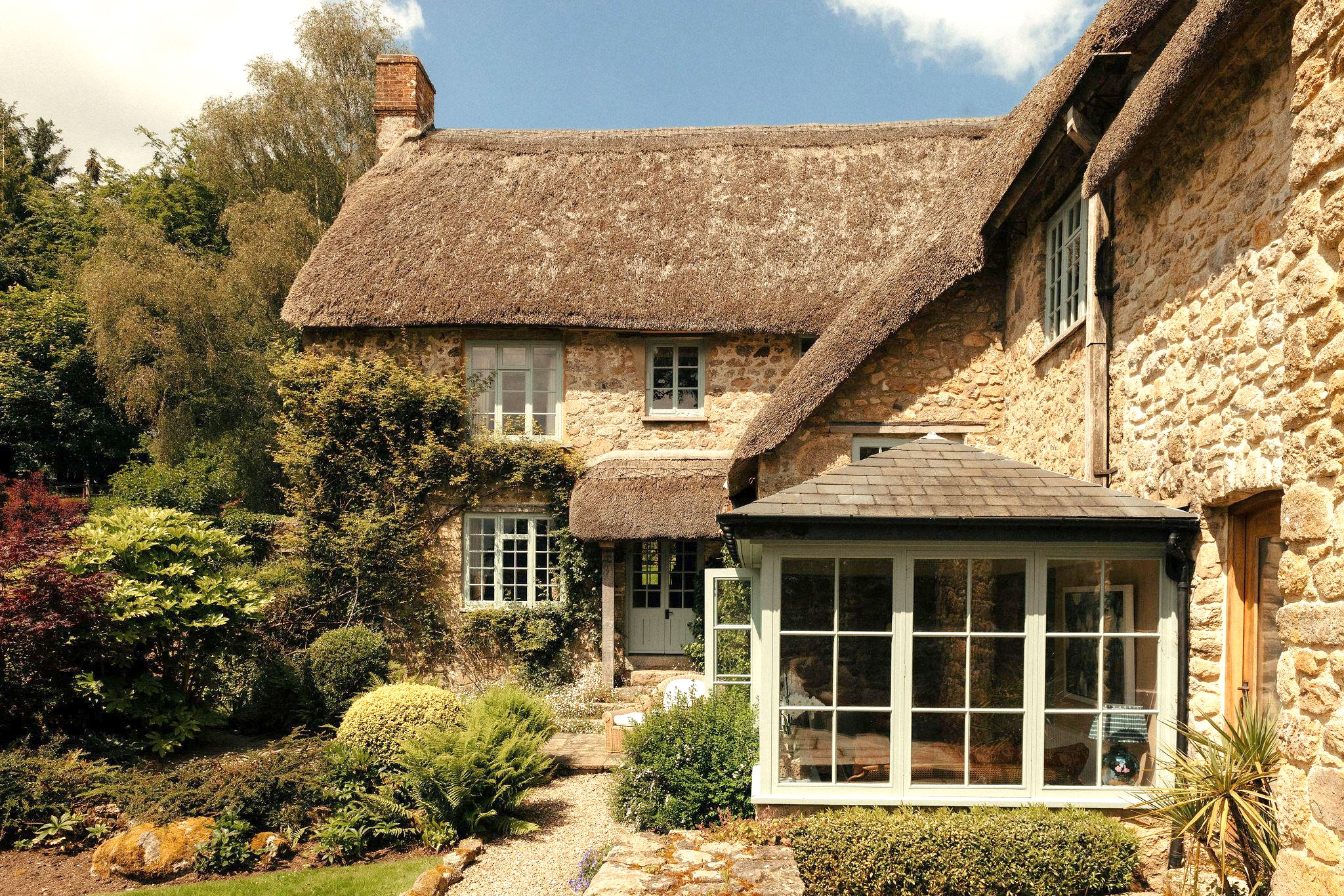A magnificent Grade II listed house near the Yorkshire Dales that has only had five owners since 1635
Lartington Hall is a sumptuous family home that has been the recipient of an extensive restoration programme. Penny Churchill takes a look.


One of Durham’s most intriguing country houses, Grade II*-listed Lartington Hall stands in seven acres of formal gardens and woodland on the edge of Lartington village, three miles north-west of Barnard Castle, with views over 100 acres of historic listed parkland and the gently rolling landscape of Lower Teesdale.
Saved from demolition in the late 1970s and lavishly restored by the current owners, who bought it in 2011, the 17,000sq ft hall has been run until recently as an exclusive wedding venue, but is now for sale through Savills at offers over £3.8 million.

The earliest part of the hall—the three-storey, four-bay central block and projecting three-storey porch—was built, probably in the late 1600s, for Francis Appleby, who bought the manor of Lartington from the Duke of Devonshire in 1639. On Appleby’s death in 1663, the estate passed to his daughter, Margaret, who married the staunchly Catholic Thomas Maire of Hardwick Hall, Derbyshire.
It may have been their son, also Thomas, who built the Georgian extension to the house in about 1750, moving the main entrance to the new wing and adding a chapel.

By 1811, Lartington Hall had passed by marriage to Henry Thomas Maire Silvertop, who married the heiress Eliza Witham and changed his name to Witham; as Henry Witham, he was High Sheriff of Durham in 1844. A noted geologist, he commissioned the architect Ignatius Bonomi to build a museum (now the ballroom) on the north corner of the hall to house his enormous collection of fossils, books and paintings.
In 1847, his fourth son and successor at Lartington, Monsignor Thomas Witham, engaged Joseph Hansom, of hansom-cab fame, to design the porte-cochere on the south side of the building, which was linked to the museum by an impressive corridor. Thomas lived at the hall until his death in 1897, aged 91, when the estate passed to his grand-nephew, Francis Silvertop.

Death duties forced its sale soon afterwards and, in 1918, Lartington was sold again, this time to Norman Field, heir to a Chicago department store chain. Occupied by the Red Cross during the Second World War, the hall was later returned to the Field family and Field’s widow, Olive, lived there until her death in 1973.
Sign up for the Country Life Newsletter
Exquisite houses, the beauty of Nature, and how to get the most from your life, straight to your inbox.
In its present incarnation, Lartington Hall is perfectly suited both for modern family living and entertaining on a grand scale, says selling agent Andrew Black. Hansom’s porte cochere provides an imposing entrance, behind which the grand corridor leads to the six main ground-floor rooms, including the ballroom, currently used as the formal dining room.

The 48ft-long drawing room has a centrally placed fireplace with marble surround and a gleaming polished wood floor. The Georgian hall has its original 18th-century floor and double doors leading to the terrace. The south corridor leads to the 17th-century part of the house, the chapel, snug and snooker room.

The former service wing provides additional accommodation in three separate units: the two-storey, two-bedroom Hansom House; Witham Court, a one-bedroom, first-floor apartment; and the San Diego building, which has garaging on the ground floor with a one-bedroom apartment on the first floor.
Available separately is the six-bedroom Stable Lodge, which offers additional living space and the potential to generate a substantial income.

Lartington Hall is currently on the market via Savills for offers over £3.8 million — see more pictures or enquire with the agent for further details.

Credit: Strutt and Parker
Best country houses for sale this week
An irresistible West Country cottage and a magnificent Cumbrian country house make our pick of the finest country houses for
-
 Two quick and easy seasonal asparagus recipes to try this Easter Weekend
Two quick and easy seasonal asparagus recipes to try this Easter WeekendAsparagus has royal roots — it was once a favourite of Madame de Pompadour.
By Melanie Johnson Published
-
 Sip tea and laugh at your neighbours in this seaside Norfolk home with a watchtower
Sip tea and laugh at your neighbours in this seaside Norfolk home with a watchtowerOn Cliff Hill in Gorleston, one home is taller than all the others. It could be yours.
By James Fisher Published
-
 Sip tea and laugh at your neighbours in this seaside Norfolk home with a watchtower
Sip tea and laugh at your neighbours in this seaside Norfolk home with a watchtowerOn Cliff Hill in Gorleston, one home is taller than all the others. It could be yours.
By James Fisher Published
-
 A Grecian masterpiece that might be one of the nation's finest homes comes up for sale in Kent
A Grecian masterpiece that might be one of the nation's finest homes comes up for sale in KentGrade I-listed Holwood House sits in 40 acres of private parkland just 15 miles from central London. It is spectacular.
By Penny Churchill Published
-
 Some of the finest landscapes in the North of England with a 12-bedroom home attached
Some of the finest landscapes in the North of England with a 12-bedroom home attachedUpper House in Derbyshire shows why the Kinder landscape was worth fighting for.
By James Fisher Published
-
 Could Gruber's Antiques from Paddington 2 be your new Notting Hill home?
Could Gruber's Antiques from Paddington 2 be your new Notting Hill home?It was the home of Mr Gruber and his antiques in the film, but in the real world, Alice's Antiques could be yours.
By James Fisher Published
-
 What should 1.5 million new homes look like?
What should 1.5 million new homes look like?The King's recent visit to Nansledan with the Prime Minister gives us a clue as to Labour's plans, but what are the benefits of traditional architecture? And can they solve a housing crisis?
By Lucy Denton Published
-
 Welcome to the modern party barn, where disco balls are 'non-negotiable'
Welcome to the modern party barn, where disco balls are 'non-negotiable'A party barn is the ultimate good-time utopia, devoid of the toil of a home gym or the practicalities of a home office. Modern efforts are a world away from the draughty, hay-bales-and-a-hi-fi set-up of yesteryear.
By Madeleine Silver Published
-
 Five beautiful homes, from a barn conversion to an island treasure, as seen in Country Life
Five beautiful homes, from a barn conversion to an island treasure, as seen in Country LifeOur pick of the best homes to come to the market via Country Life in recent days include a wonderful thatched home in Devon and a charming red-brick house with gardens that run down to the water's edge.
By Toby Keel Published
-
 The finest interiors in Edinburgh? A seven-bedroom townhouse furnished by Robert Kime comes to market
The finest interiors in Edinburgh? A seven-bedroom townhouse furnished by Robert Kime comes to marketSituated on one of the New Town's grandest terraces, this four-storey property is a collector's dream.
By James Fisher Published
